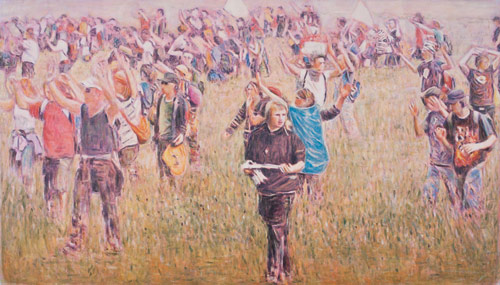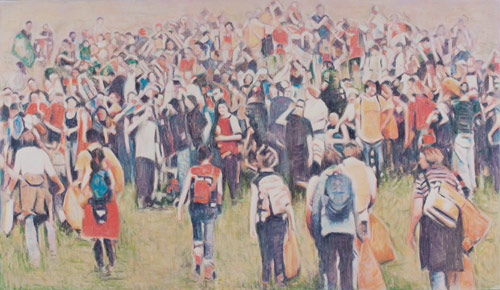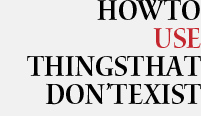2011-2014
Bruno Pacheco

In the two sets of images presented at the 31st Bienal, Bruno Pacheco furthers the exploration on the formation of collectives and their different modes of operation. In these images, gatherings of people occupy the entire canvas space, in what appears to be a protest – perhaps a political protest, a social gathering or a coming together with a different intention or motivation.
The images, by positioning us as onlookers on the outside of these gatherings, cause us to consider the nature of collective action, ways of participating in it and the visibility shaped within urban space. In the context of the economic and socio-political instability that has characterised the early twenty-first century, collective action shows ways of mobilisation that are different from those of the ‘revolutions’ of past centuries. With little or no hierarchy – no command centre organising the movement – people come together and dedicate some of their time to achieving an objective. Still, we can’t tell if these groups exist to be perceived by others or if they exist for themselves. Pacheco transmits the fragmented and random nature of collective action through a display that implicates the eyes of the public in the set-up.
Whether it be a result or a process, the organisation of the work into series reveals an understanding of painting as a linguistic system in constant development. In it, images do not have an end in themselves, and sequences and repetitions are conceived in order to be rethought as well as reinterpreted, with the intention of engendering a public and social construction of meaning. The struggle is to create something singular and profound out of the real movement of socialised abstractions, which tend towards the repetition of formulas.

With the borders between various artistic practices becoming permeable, one of the main characteristics of contemporary painting has been a continual ‘re-mediatisation’, or in other words, the claiming of properties that are attributed to other art forms. In Pacheco’s case, it is photography, in its various printed or virtual incarnations, that constitutes a base of reference for the construction of images. – MM




